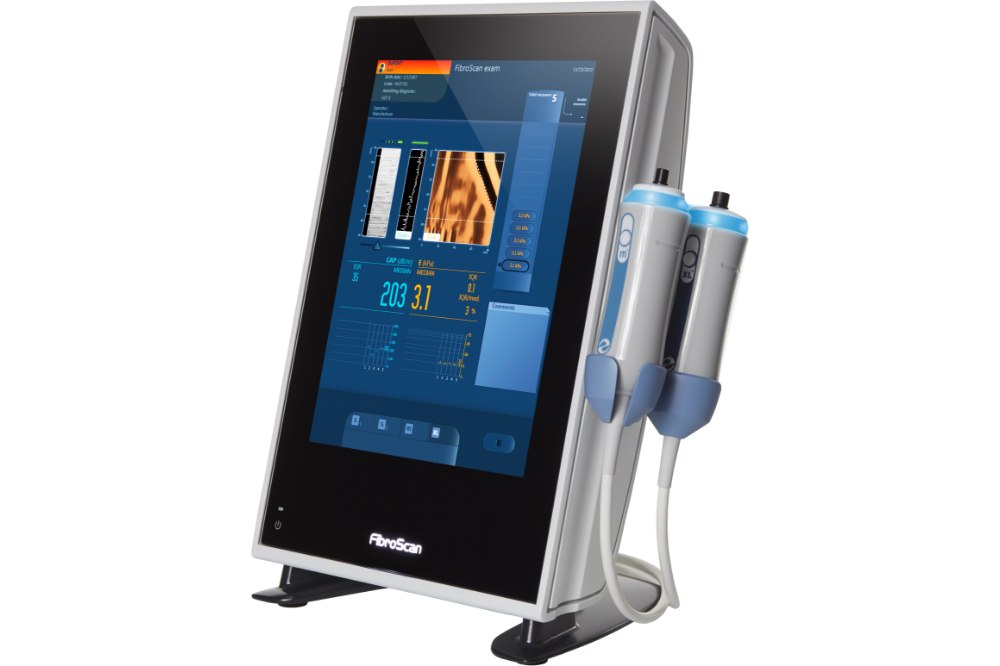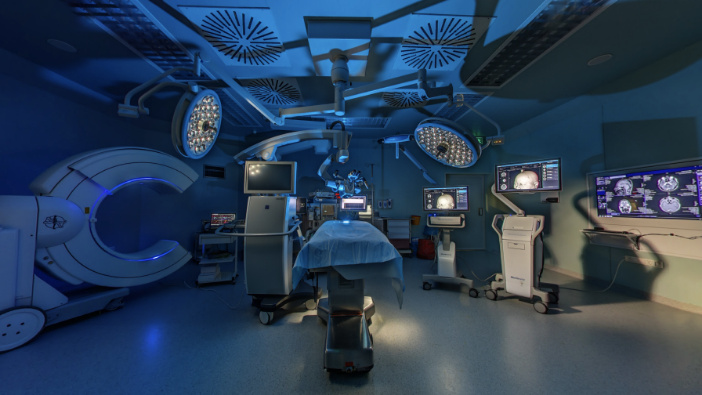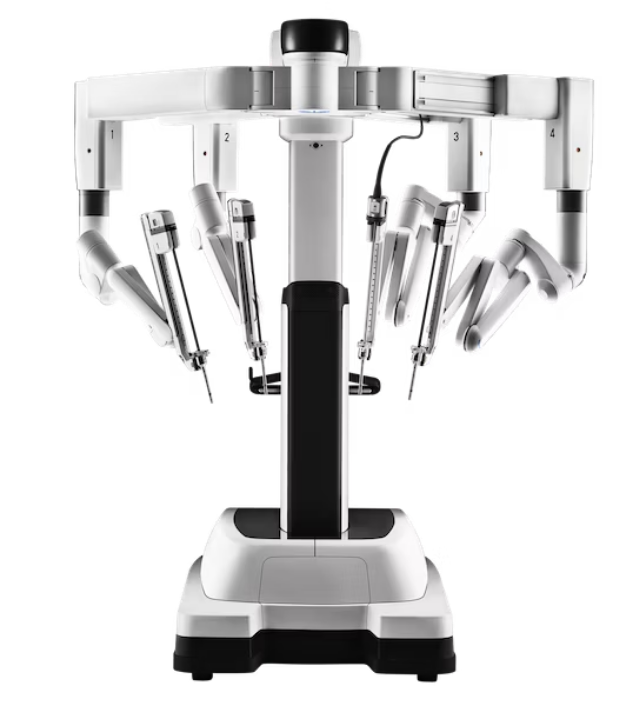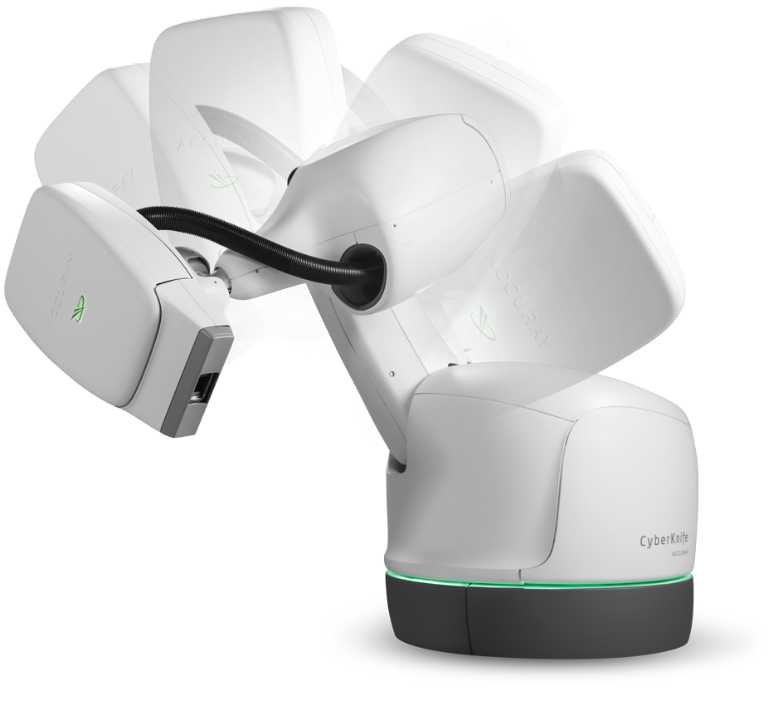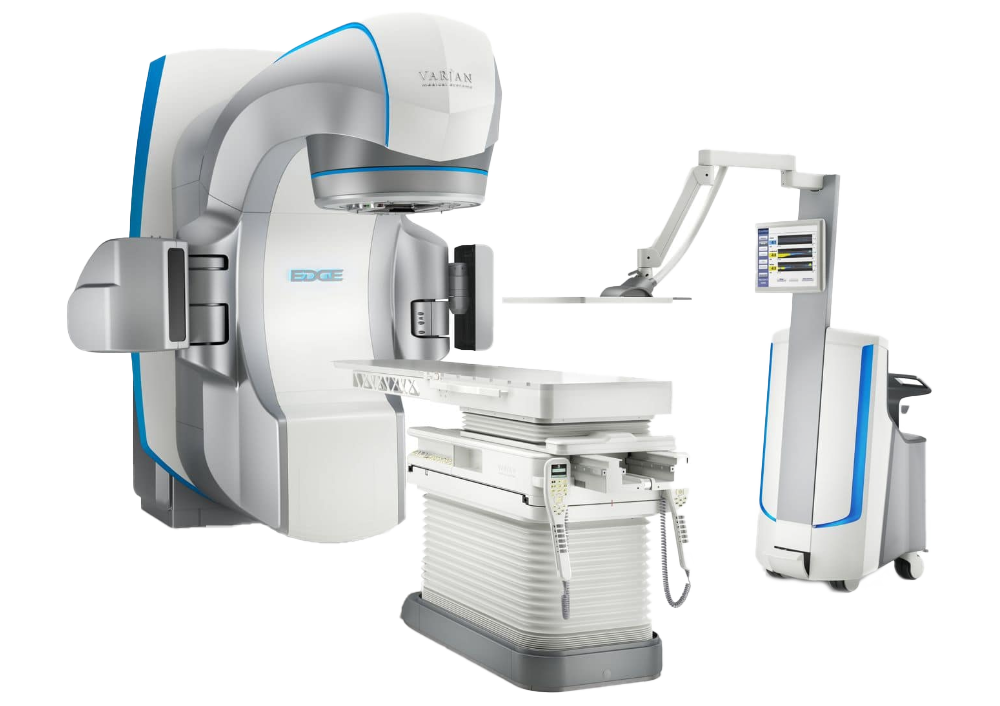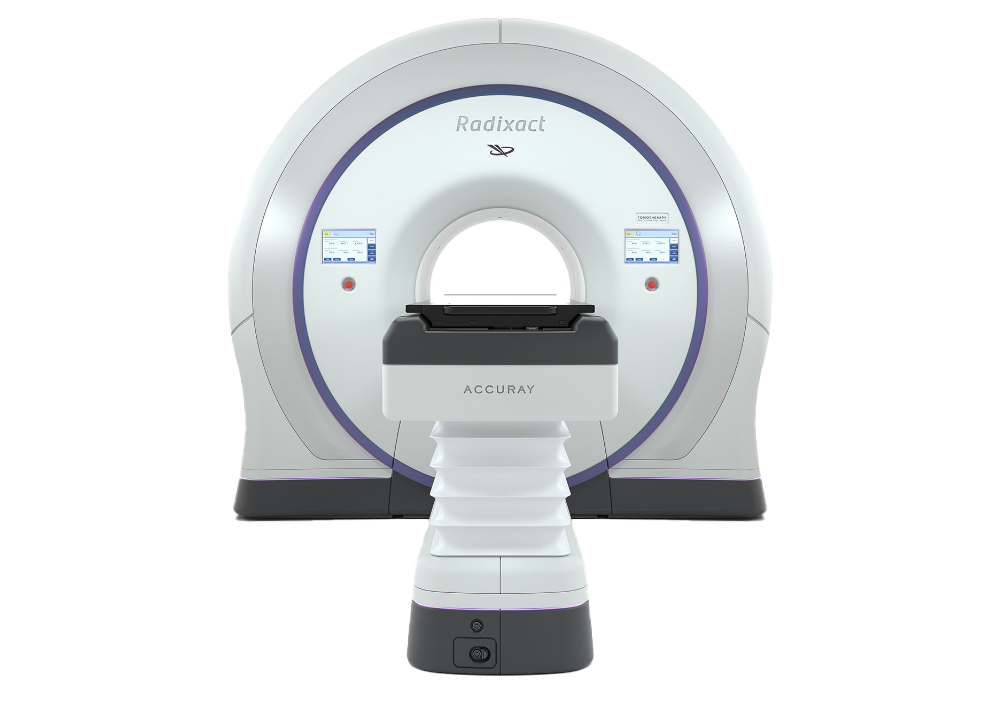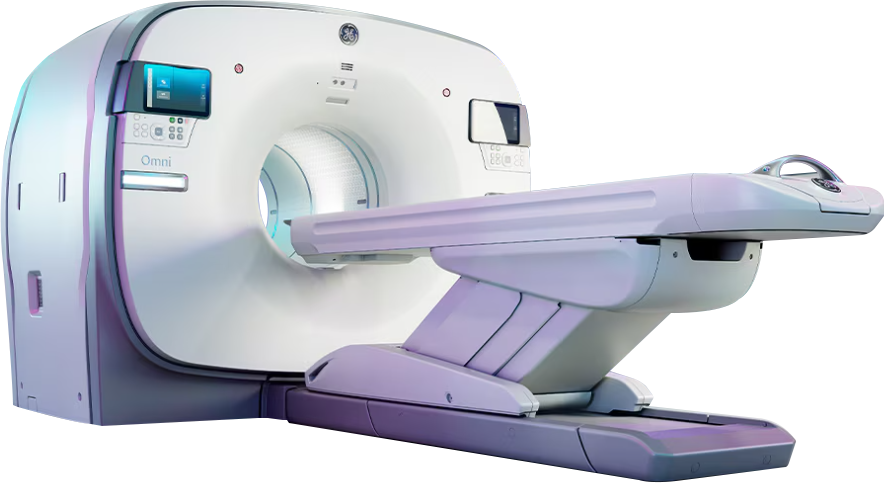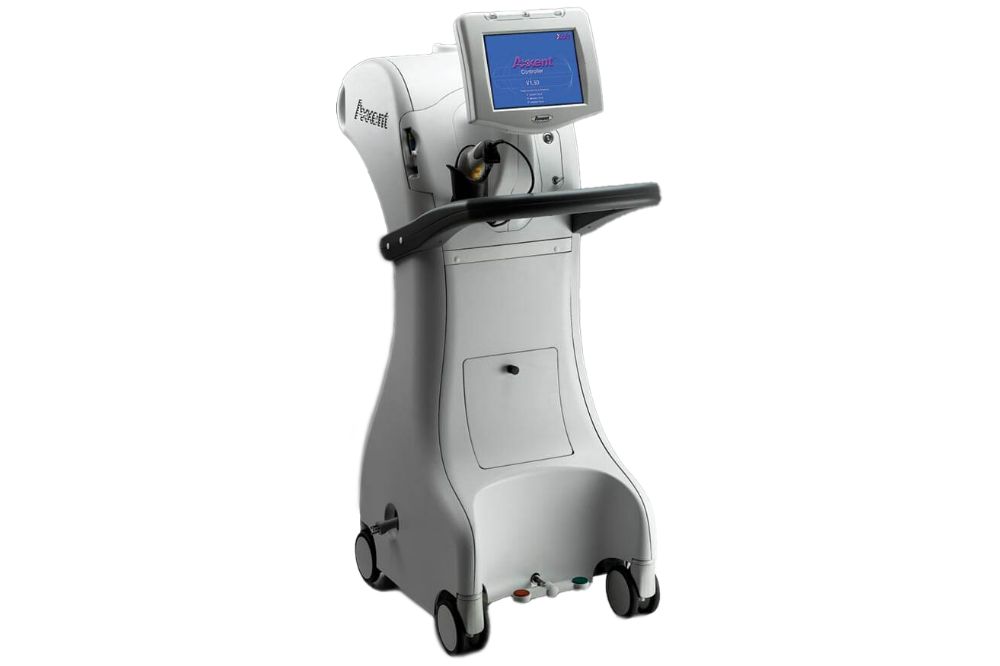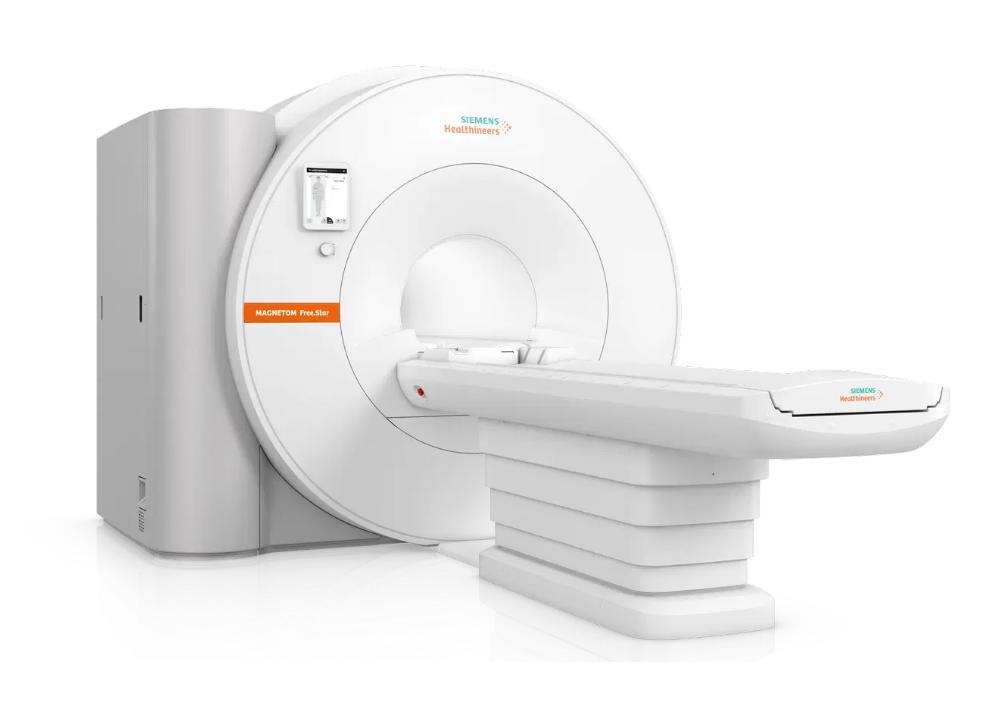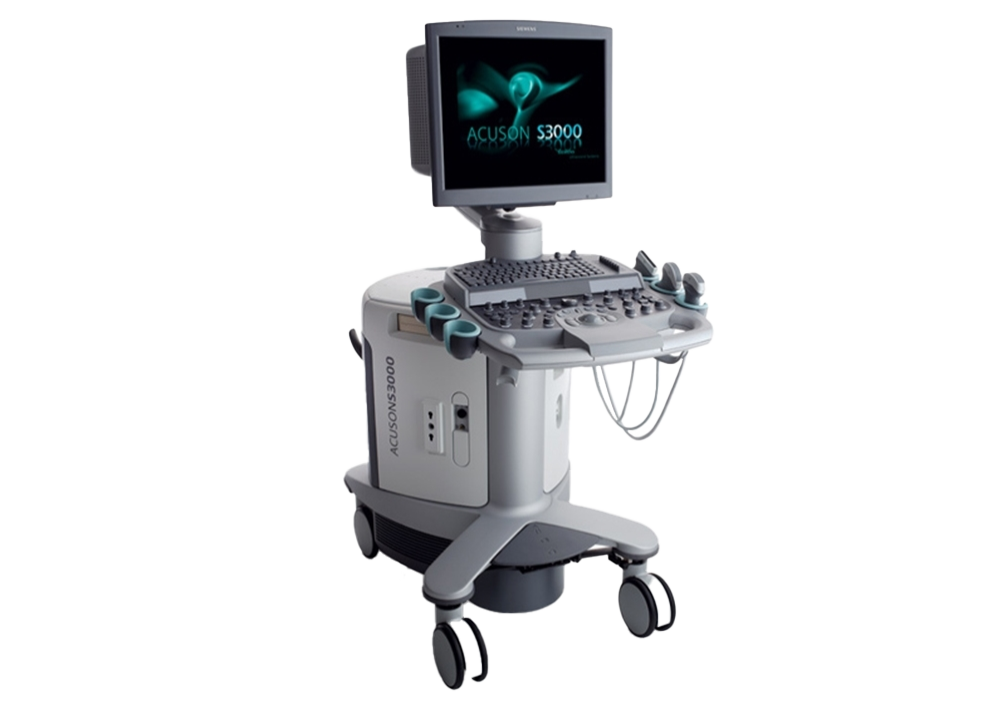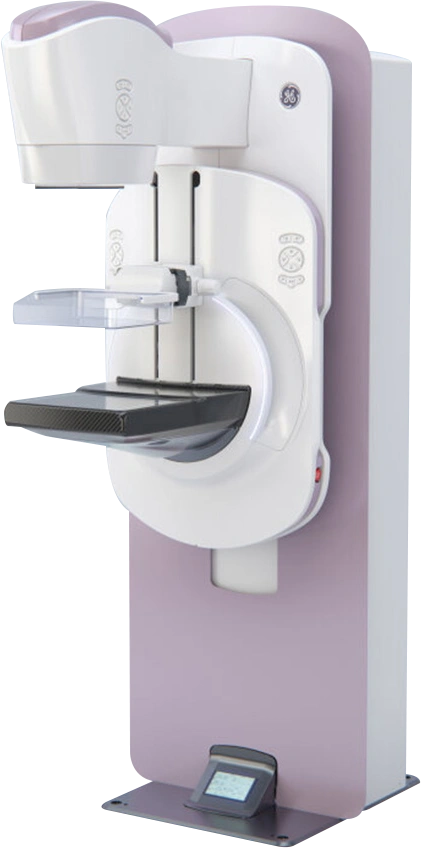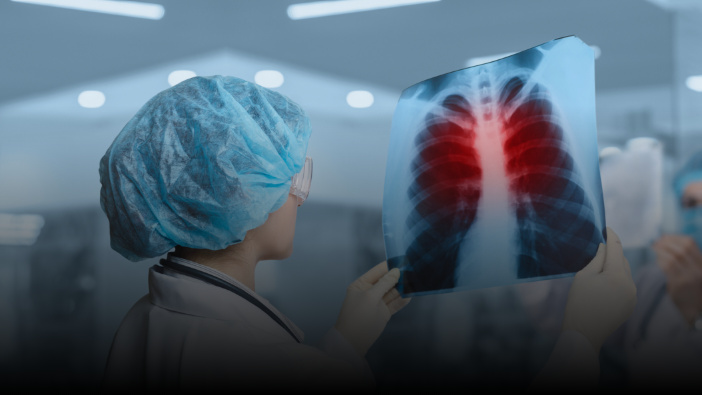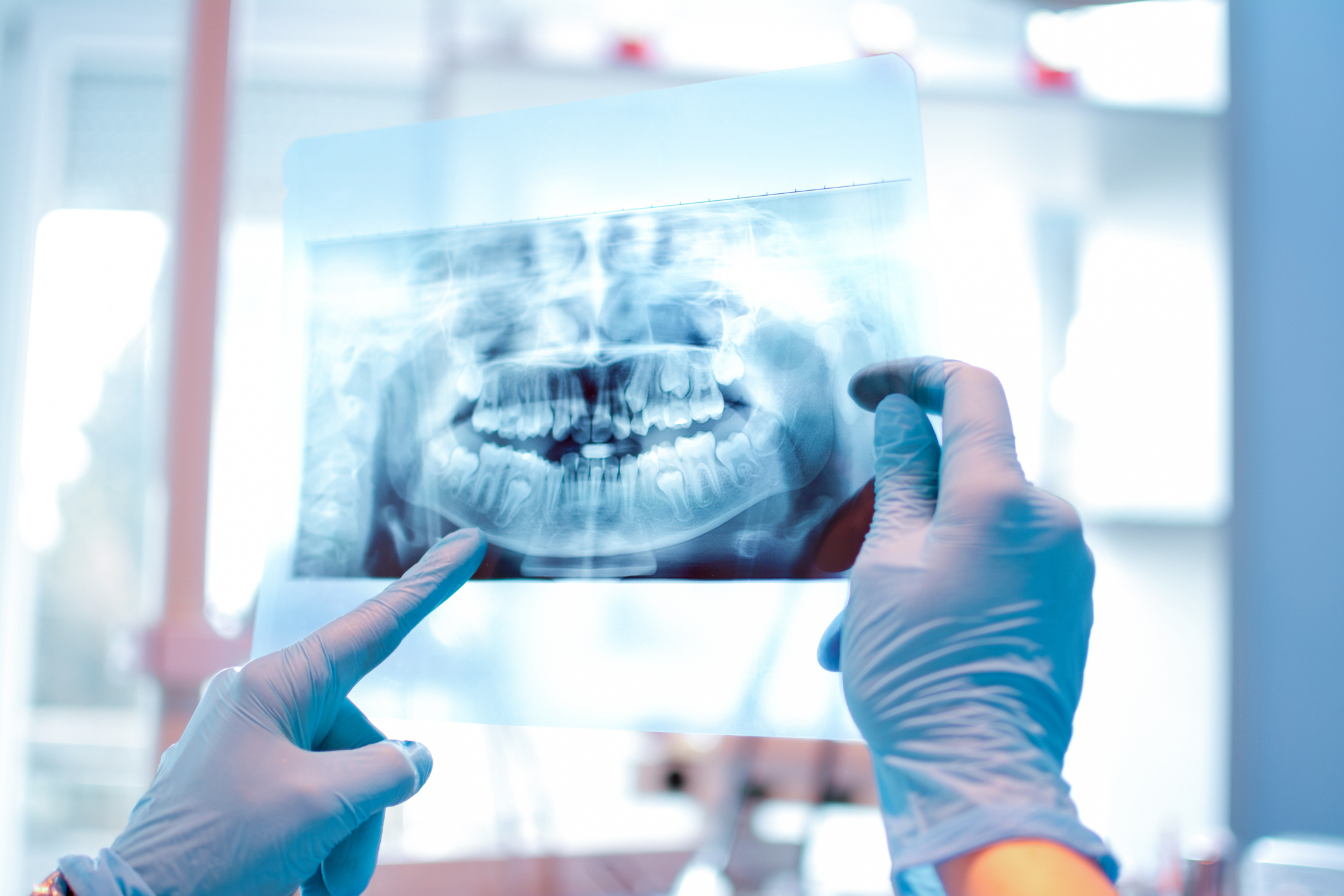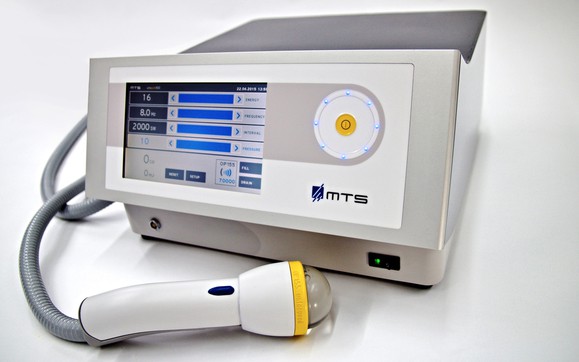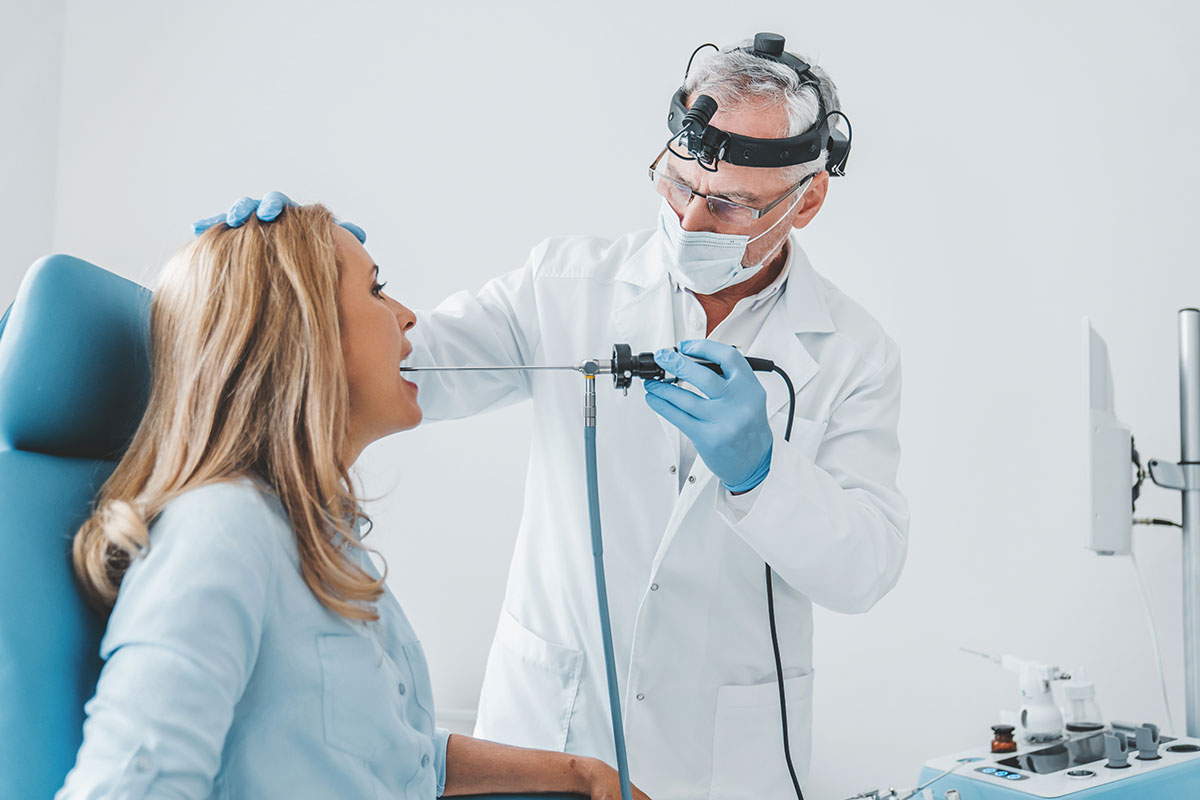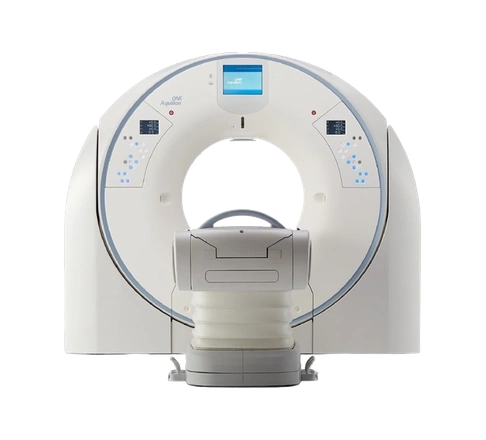Mammography
What is mammography? When should it be performed?
As the second leading cause of death among women, breast cancer's early diagnosis is most effectively achieved through mammography. Dr. Nuri Ceydeli, a Gynecologist and Obstetrician from Anadolu Health Center, states, "Every woman with a detected issue in her breast and any woman aged 40 and over with no issues should undergo mammography."
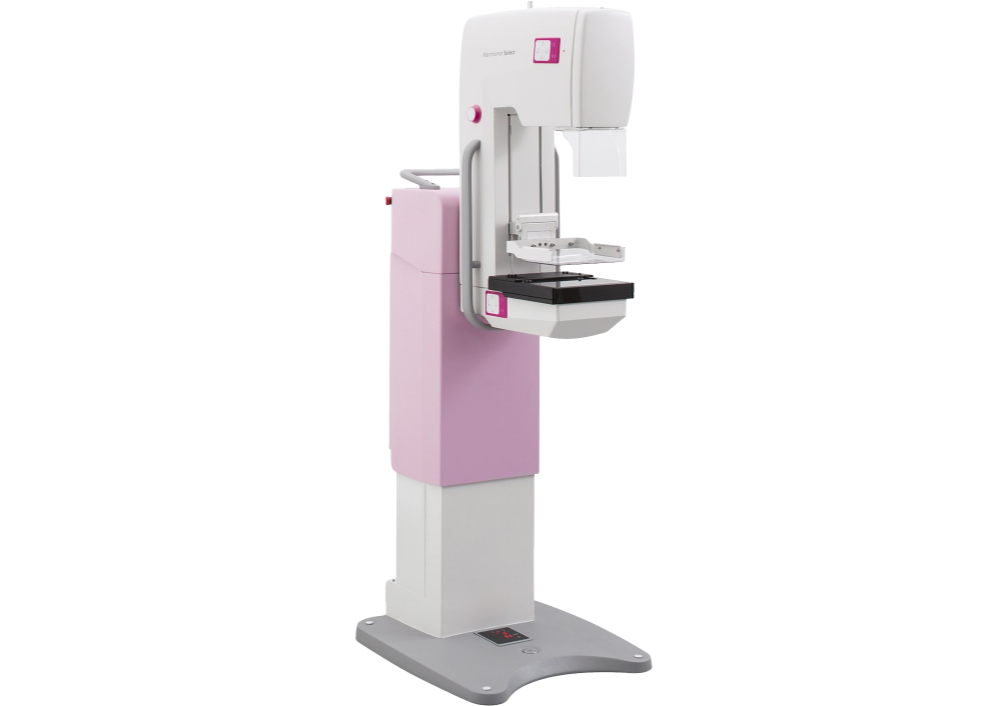
Mammography Saves Lives
Breast cancer is the second leading cause of cancer-related deaths in women, after lung cancer. Early diagnosis of breast cancer is life-saving. It is possible to diagnose breast cancer through mammography. Although mammography often intimidates women, it is not harmful.
What is mammography?
Mammography is the process of taking an X-ray image of the breast using a special device and low-dose radiation.
How and when is mammography performed?
During the imaging process, the breasts need to be briefly compressed between two plates on the device. Therefore, it is essential to choose a period when the breasts are least sensitive. The week following menstruation is the time when the breasts are least sensitive and any swelling is minimal. This period is more suitable for the examination.
What are the benefits of mammography?
While self-examination or doctor-performed exams can only detect masses that are 1.5–2 cm or larger, mammography can identify changes in the breast even when they are less than 0.5 cm. This allows diagnosis and treatment to start up to 2 years earlier. A breast tumor detected by a doctor or the patient is typically 8-10 years old. Cosmetic products should not be used before the exam.
What should be considered before going for a mammogram?
During the exam, the upper body should be naked. Therefore, two-piece clothing is preferred. To avoid affecting the film, cosmetic products such as deodorant, talcum powder, and lotion should not be used. Otherwise, these can be interpreted as calcium deposits on the mammogram. If available, previously taken mammograms (not just reports but also films) should be brought to the appointment.
Is there any harm from the radiation in mammography?
The main difference between mammography and conventional X-rays is that mammography provides higher quality images with a lower dose. As technology has developed, the dose received during breast examinations has decreased. There are no recorded cases of cancer caused by mammography in the global literature. The X-ray dose used is generally 30 KVP.
How often should mammography be done?
Mammograms are divided into diagnostic and screening purposes. Diagnostic mammography should be performed for every woman with a detected issue in her breast, regardless of age. Screening mammography should be performed according to the recommendations of the American Cancer Society and the Radiology Society (which are also accepted in our country) in the following situations:
- Every woman should have her first mammogram at ages 35-40.
- Between ages 40-50, mammograms should be performed every two years.
- At age 50 and above, mammograms should be performed annually.
- If there is a family history of breast cancer, the first mammogram should be done at age 30, and it should be done annually.
- Mammography alone is not sufficient for women at high risk.
Does mammography cause pain?
The most important aspect of mammography is the adequate compression and flattening of the breasts. This prevents the breast tissue from overlapping, allowing maximum examination of the tissue, avoiding missed masses, and preventing false mass appearances. This compression also reduces the amount of radiation exposure during the examination. Although compression may cause some discomfort, the short duration of the exam minimizes the issue. Discomfort can be higher in very small or very large breasts. At age 40, involution begins in the breast's internal structure, where the glandular tissue is replaced by fat. This makes mammography easier and diagnostic sensitivity approaches 100%. In those receiving estrogen therapy during menopause, these changes occur more slowly, so mammographic sensitivity may be slightly lower.
Who should undergo mammography?
Mammography should be performed on every woman with a detected issue in her breast and on women aged 40 and over who have no issues (at specific intervals based on age).
Is mammography sufficient for women at high risk?
For women at high risk, mammography alone is not sufficient. In addition to mammography, based on the doctor's recommendation, breast ultrasound, angiography, thermography, transillumination, computed tomography, MRI, blood tests for breast tumor markers, Tc 99 scintigraphy, and stereotactic biopsy may be necessary.
What is digital mammography?
Digital mammography is performed using technologically advanced digital detectors instead of traditional analog detectors. The most common well-defined lesions found in mammography are cysts and fibroadenomas. Cysts are usually seen after the age of 40 and may regress with menopause.



